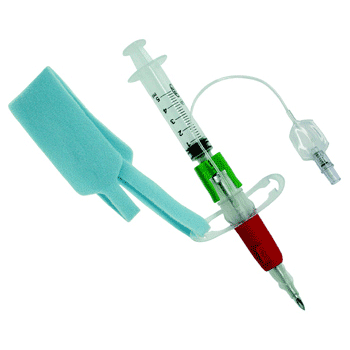"¿Por qué la repetición y sumergirse en los extremos es importante en el entrenamiento? Simple, nuestro cerebro reptil, cuando se somete a un estrés (extremo), se enfocará en la supervivencia y podrá completar tareas familiares y grabadas en la memoria muscular. Por lo tanto , enseñar a las personas la teoría de la medicina táctica y someterlas a un entrenamiento sin los factores abrumadores del estrés y la sobrecarga sensorial no las preparará para el acto real de la medicina táctica. Y aunque estamos entrenando a las personas para ese 0,01% de probabilidad de que alguna vez tendremos que usar un TQ en un entorno de alto impacto, estoy seguro de que ninguno de nosotros quiere convertirnos en una estadística o un caso del que la gente hable ... queremos contar la historia nosotros mismos. Al final, "las habilidades avanzadas son sólo lo básico, realizado en escenarios extremos "(escuchado de Michael Shertz). Entrena desagradable, porque por un breve momento, ¡la vida también lo será!"













